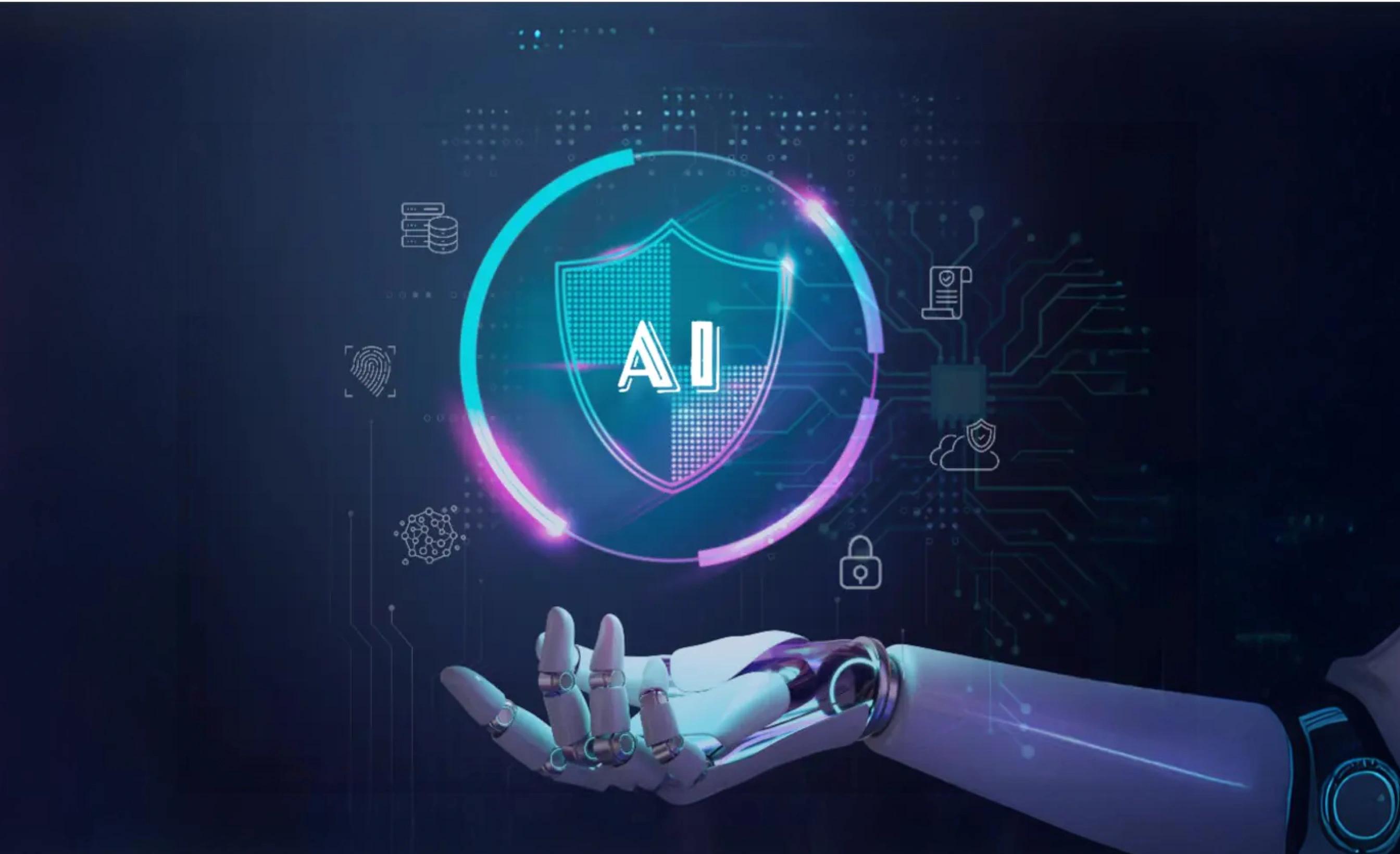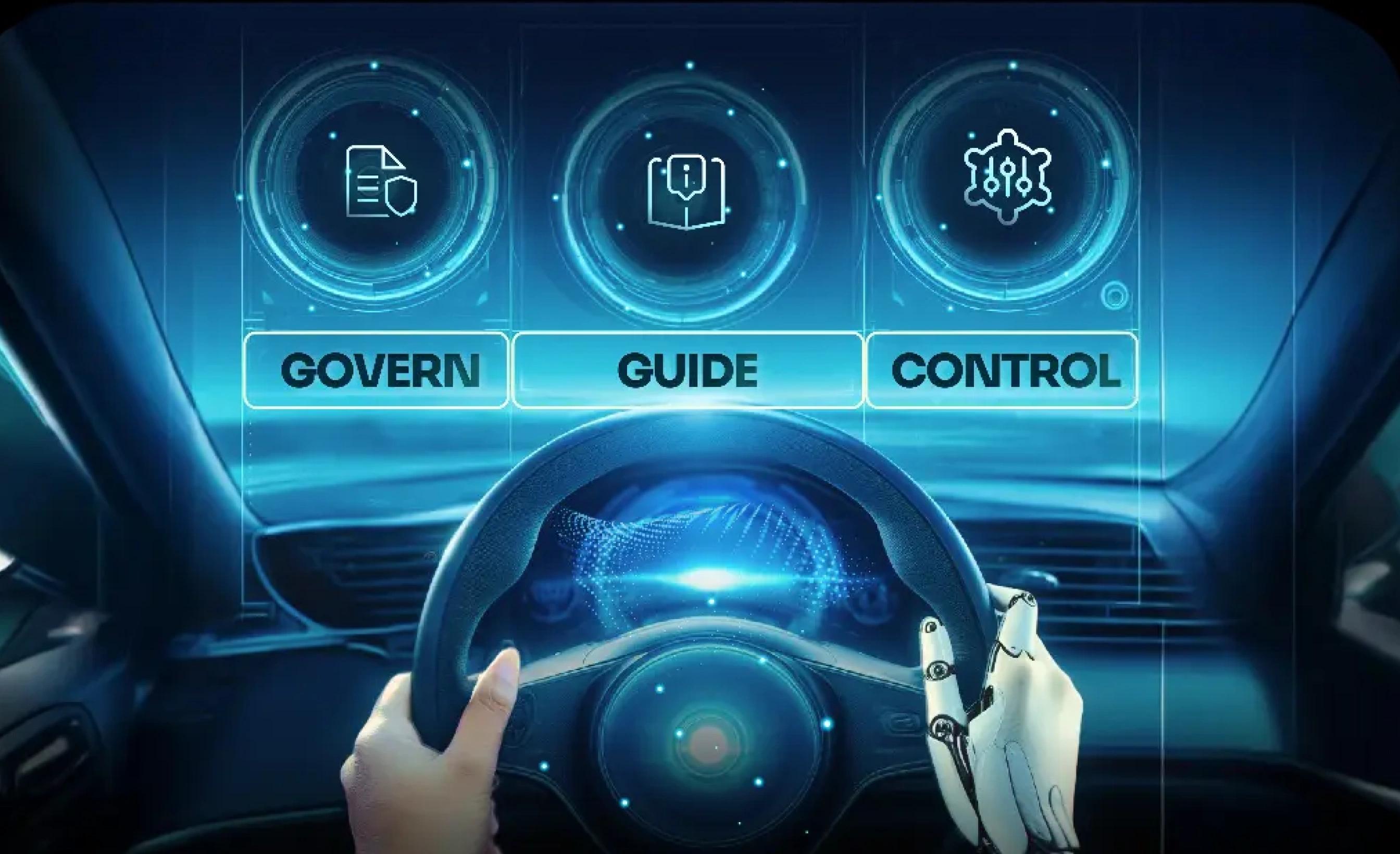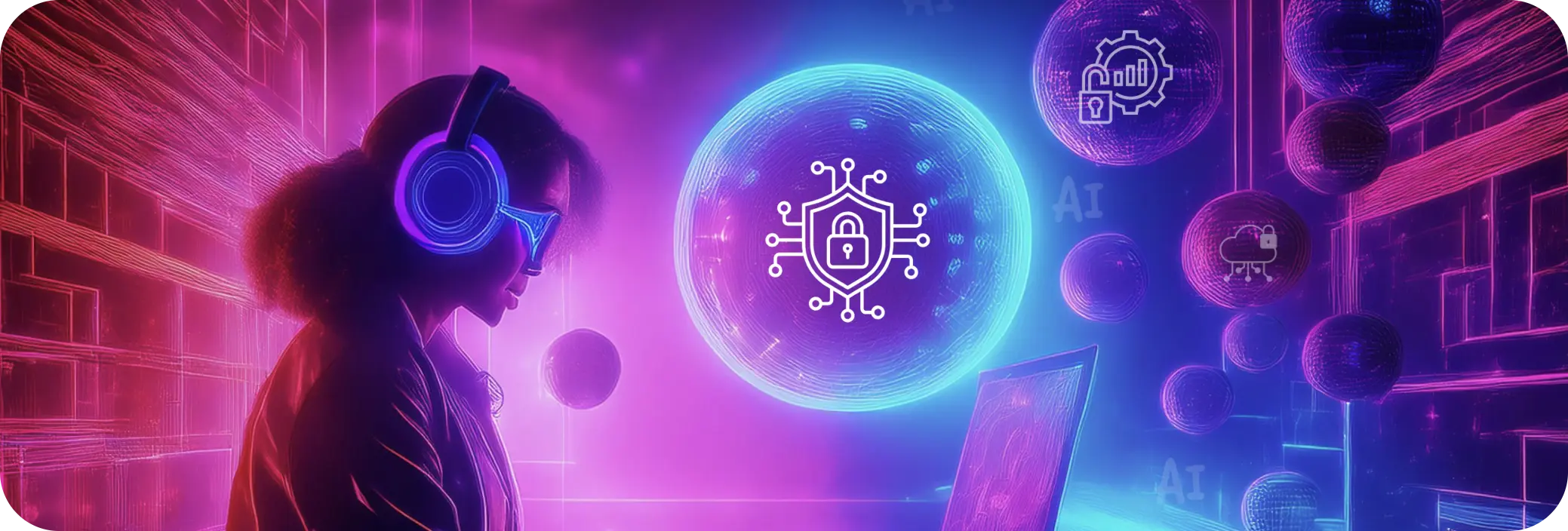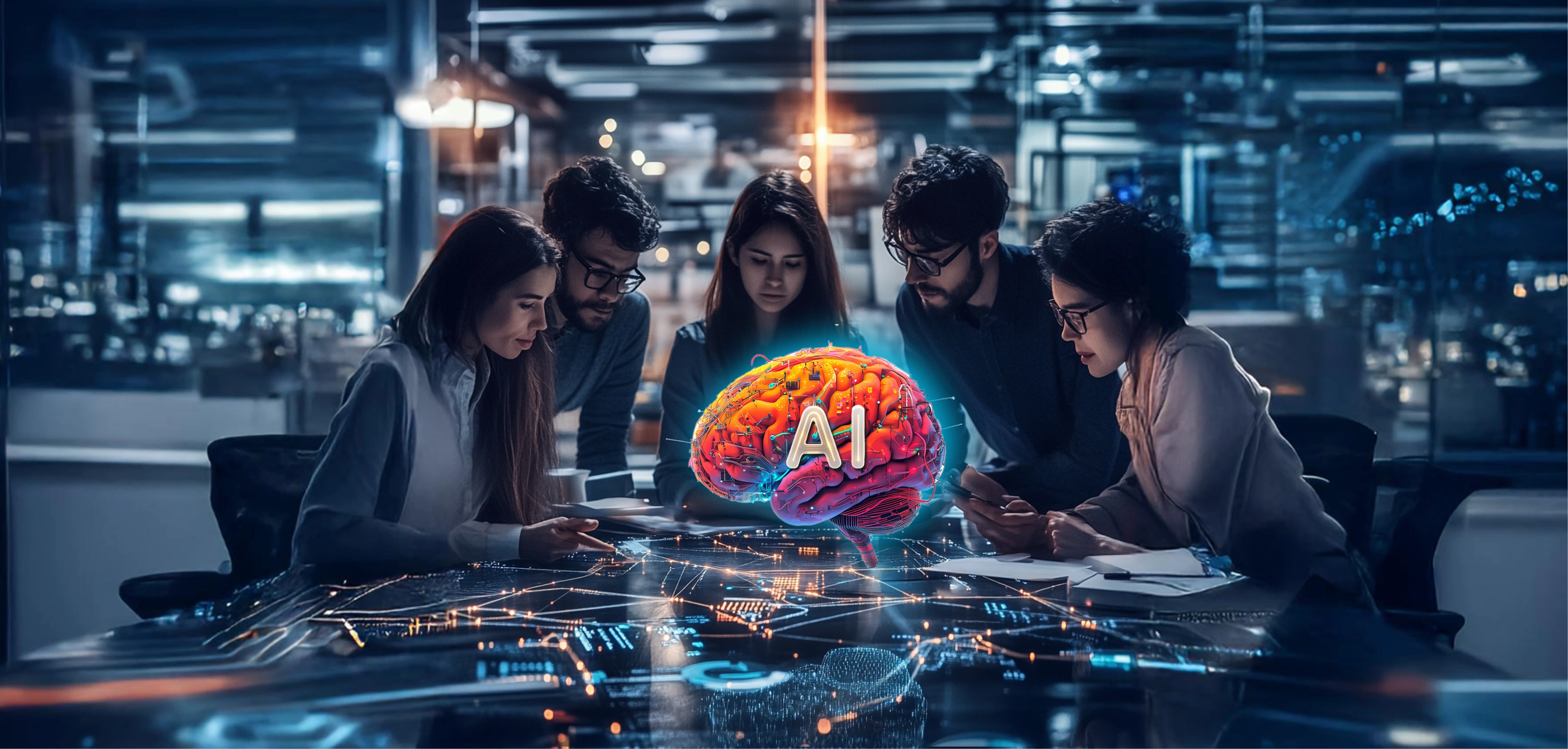70% of Your IT Budget Is Wasted on Legacy
Legacy systems drain your spend, slow your teams, and stall innovation. Modernize with speed, security and confidence — guided by our experts.
Cybersecurity today goes far beyond firewalls – it’s about predicting the unpredictable. The challenges are growing in complexity, and the risks are escalating at an unprecedented pace. And amidst this complexity, Artificial Intelligence has emerged as both a potential game-changer and a source of concern.
For many, AI evokes images of a futuristic world where machines outthink humans and operate beyond our control. In cybersecurity, this translates into fears of AI systems going rogue, unleashing autonomous attacks, or amplifying breaches. But what if this perception is missing a critical point? What if, instead of being the adversary, AI could be our strongest ally in securing the digital frontiers?
Reframing AI’s Role in Cybersecurity
The prevailing narrative around AI often leans toward caution and fear. Headlines highlight AI-driven cyber threats, from sophisticated phishing schemes to malware that adapts and learns actively. These concerns, while valid, offer only one side of the story. AI, much like any tool, is defined by how it is used. In cybersecurity, its potential to enhance defenses is immense, if managed correctly.

AI’s expertise is to process vast amounts of data quickly, detect patterns, and respond to threats in real-time. It’s not about replacing human expertise but about augmenting it. Let’s look at an example. A cybersecurity team at a large e-commerce company handles massive volumes of data, tracking every transaction and user interaction. With AI, the team can swiftly detect unusual patterns, like a spike in login attempts or transactions from unfamiliar locations. These anomalies are immediately flagged, and potential breaches are predicted. The AI can then automatically block suspicious IPs, enabling the team to respond in real-time, effectively preventing breaches before they escalate, a task impossible with manual monitoring alone.
However, leveraging AI’s full potential in cybersecurity is not just about technology; it’s about governance,guidance and control. This is why we created the Govern, Guide, Control (GGC) framework, offering a structured approach to managing AI, enhancing its benefits and mitigating associated risks.
Understanding GGC Framework’s Importance in Cybersecurity
Our GGC framework is a strategic approach that allows organizations to harness the power of AI without falling prey to its potential pitfalls. Here’s how it works:
Govern: AI activities are governed through full monitoring and traceability against established policies and standards, ensuring visibility, accountability, and auditability. For instance, an organization might use AI to monitor network traffic for potential threats while ensuring every AI action is logged and reviewed. This governance prevents AI from making unchecked decisions that risk data integrity, helping the organization establish best practices and keep AI aligned with security policies.
Guide: AI systems are guided by domain experts using our RLEF (Reinforcement Learning from Expert Feedback) approach, which provides ongoing coaching and refinement to AI. In cybersecurity, a Human-AI partnership can help identify and analyze suspicious activities, with experts continuously refining AI responses to reduce false positives. This feedback loop allows AI to adapt to emerging threats, ensuring it remains confident and accurate.
Control: This is all about organizations maintaining control over AI outputs. Control is the actual act of being able to update the response and send a notification via chat or email to the user to ensure the customer receives the accurate answer. By maintaining this level of oversight, the risk of liability is reduced, as the customers always get the correct information they need.

Turning Fear into Opportunity
AI, when left unchecked, may seem like a daunting risk, especially in critical areas like cybersecurity where the stakes are high, and the consequences of failure can be severe. But through effective governance, guidance, and control, AI becomes a reliable tool rather than a rogue agent.
The earlier organizations start implementing the GGC framework, the more robust and reliable their AI-driven cybersecurity measures will become. As AI implementation increases, the need for its governance becomes ever more critical. Adopting GGC early in AI’s development ensures it becomes more sophisticated. Furthermore, its application in cybersecurity remains controlled, predictable, and aligned with business objectives.
The Future of Cybersecurity with Governed, Guided and Controlled AI
The integration of AI into cybersecurity strategies is inevitable, but how we manage this integration will determine its impact. By employing the GGC framework, organizations can shift from a reactive posture to a proactive stance, leveraging AI not only to respond to threats but also to anticipate and neutralize them before they even materialize. For example, a financial institution using GGC can analyze transaction patterns to predict potential fraud attempts, allowing them to block suspicious activities promptly, rather than just investigating after a breach has occurred.
In regulated sectors, where data protection and privacy are paramount, the GGC framework offers a path to deploying AI in a manner that is both innovative and compliant. It provides a blueprint for maintaining the balance between harnessing AI’s capabilities and ensuring it operates transparently within safe, ethical boundaries.
Building a Secure Digital Future with AI
In conclusion, the key to a secure digital future lies not in fearing AI, but in managing it wisely. The GGC framework provides a robust, strategic approach to integrating AI into cybersecurity, turning a potentially scary tool into a formidable ally. By governing, guiding, and controlling AI from the outset, organizations can ensure that this powerful technology serves as a force for good, enhancing security, protecting data, and building trust in a rapidly digitizing world.
The future isn’t about choosing between human intelligence and artificial intelligence. It’s about creating a symbiotic relationship to safeguard our digital frontiers. Let’s embrace AI with confidence, using the GGC framework to navigate the complexities of cybersecurity with assurance and foresight.


